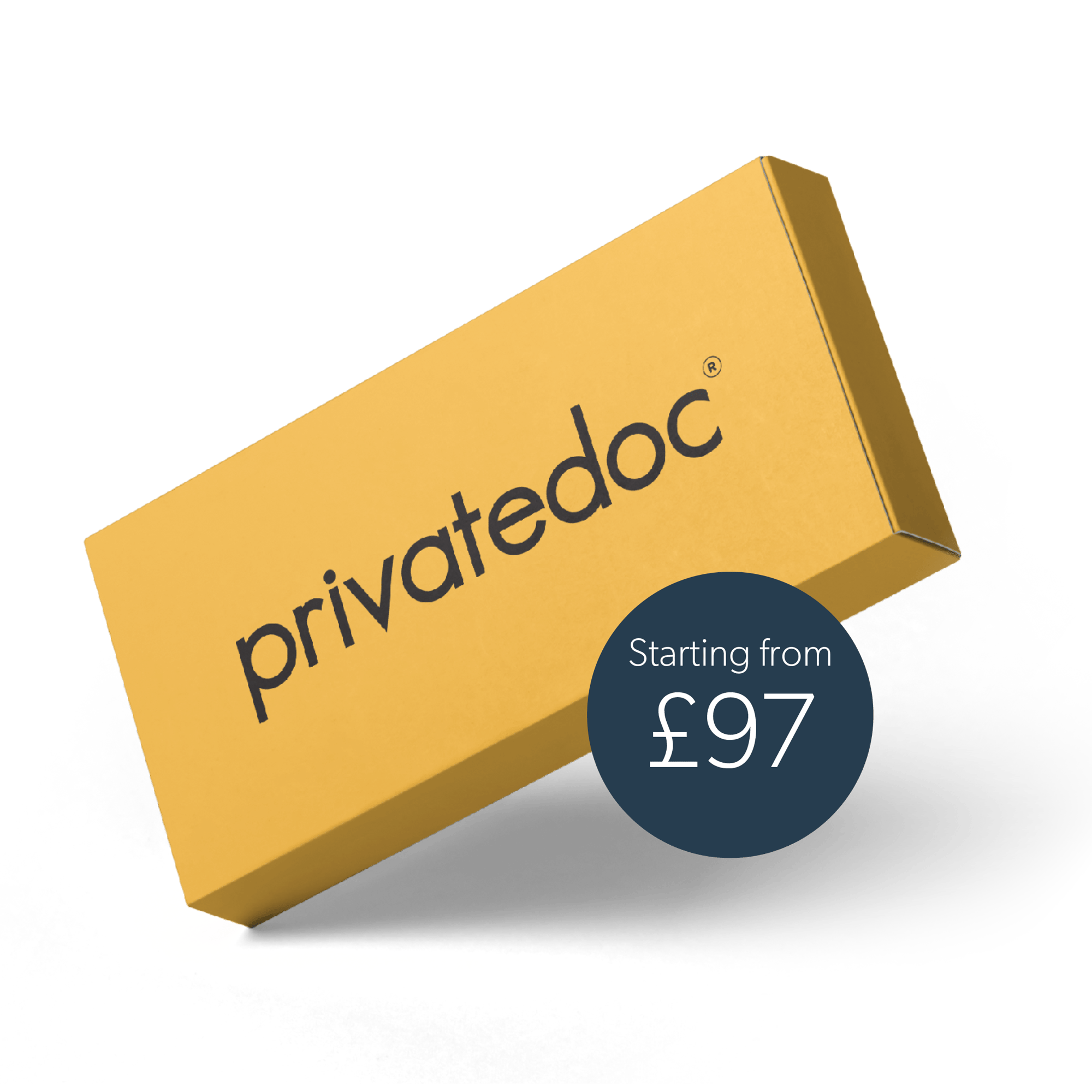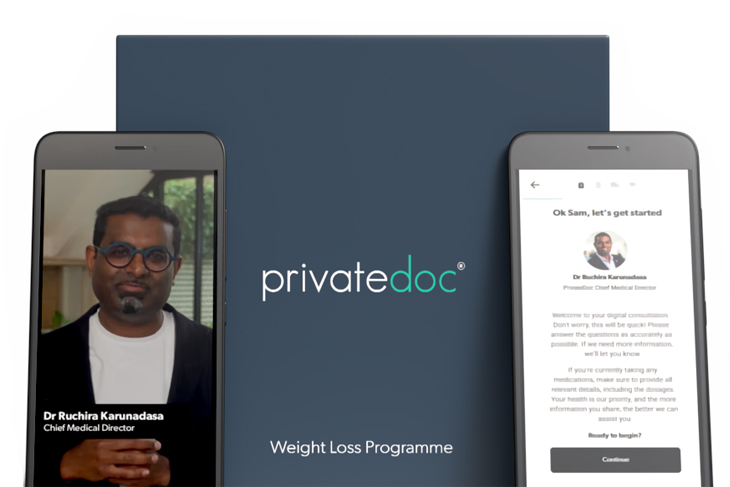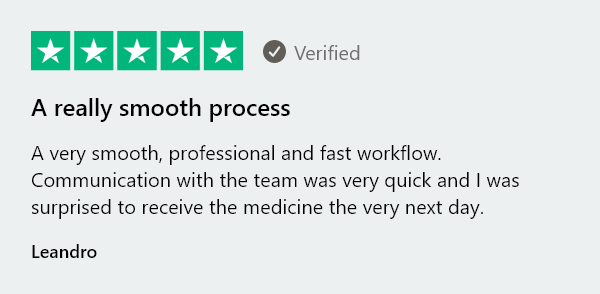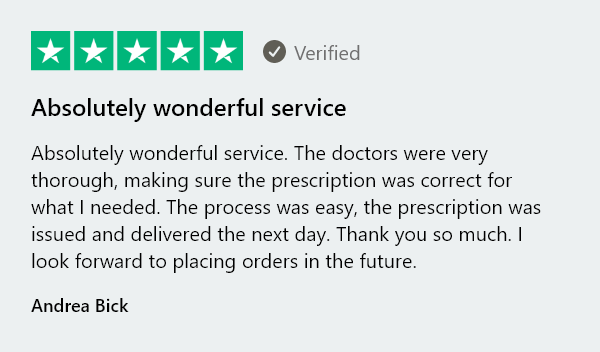Weight loss plans designed for you
You deserve a programme that works. We create personalised treatment plans that are safe, effective, and just for you.
Sustainable results, lasting change
-
Personalised care, recommended only when safe and appropriate
-
Flexible daily or weekly treatments, for as long as you need it
-
Diet and lifestyle support to build habits that last a lifetime

Expert support with a human touch
Our team brings a blend of NHS and private healthcare expertise to every patient. We provide human-centred, personalised support, tailored to your individual needs, no matter how complex. It’s quality care when you need it the most.



FAQs
Discover the answer to some common questions around weight loss treatment.
Are weight loss pens suitable for me?
Weight loss pens can only be used as a weight-loss treatment if you have previously tried and failed to lose weight through diet and exercise alone.
You can expect to lose a minimum of 5% of your initial body weight after completing 12 weeks of treatment. If you have not lost 5% of your initial body weight after 12 weeks, then treatment should be discontinued at this stage.
How do I administer weight loss treatment
Weight loss treatment are self-administered subcutaneous pens that you inject under your skin. The best sites for injecting are the front of your waist (abdomen), the front of your thigh or the upper arm. You must take extra care not to inject into a vein or muscle.
If you accidentally use more than you should, you must talk to a doctor or go to a hospital straight away. You may experience nausea or vomiting and may require medical treatment.
If you forget a dose, you can inject it as soon as you remember, as long as it is within 12 hours from when you usually take your dose. However, if more than 12 hours have passed since you should have used it, miss the dose and inject your next dose the following day at the usual time. Never use a double dose or increase the dose on the following day to make up for the missed dose. If there has been more than 72 hours (three days) between doses, you should return to the 0.6mg starting dose and work through the doses as you did when you first started treatment.
What are the possible side effects of taking weight loss treatment
As with all treatments, weight loss pens can be associated with unwanted side effects. Although usually mild, some can be more severe, which may result in your treatment being stopped. You should always read the patient information leaflet fully before you begin treatment.
When you first start your treatment, you may experience some stomach upset, such as vomiting or diarrhoea, and may also lose some bodily fluids. Therefore, it is important to drink plenty of fluids to keep yourself hydrated. Most mild side effects will settle once your body gets used to the new medication. However, if any side effect persists, stop the treatment and talk to a doctor.
Sometimes side effects can be very serious, such as severe allergic reactions. If you get any symptoms, such as problems breathing, swelling of your face or throat, or a fast heartbeat, you must get medical help immediately.
Rarely there have been cases reported of inflammation of the pancreas (pancreatitis). Pancreatitis is a serious, potentially life-threatening, medical condition. If you experience any of the following side effects stop taking it immediately and get medical help: severe and persistent pain in the abdomen (stomach area) which might reach through to your back with nausea or vomiting.
Side effects can include, but are not limited to:
Very common side effects (may affect more than 1 user in 10 users)
- Nausea vomiting (settles after your body adjusts to treatment)
- Diarrhoea or constipation (settles after your body adjusts to treatment)
Common side effects (may affect up to 1 to 10 users)
- Low blood sugar. The warning signs of low blood sugar may come on suddenly and can include: cold sweat, cool pale skin, headache, fast heartbeat, feeling sick, feeling very hungry, changes in vision, feeling sleepy, feeling weak, being nervous, being anxious, confusion, difficulty concentrating and shaking (tremor). Your doctor will tell you how to treat low blood sugar and what to do if you notice these warning signs
- Problems affecting the stomach and intestines, such as indigestion (dyspepsia), inflammation in the lining of the stomach (gastritis), stomach discomfort, upper stomach pain, heartburn, feeling bloated, wind (flatulence), belching and dry mouth
- Difficulty sleeping (insomnia). This usually occurs in the first 3 months of treatment
- Local reactions around the injection site, such as bruising, pain, irritation, itching and rash
- Feeling weak or tired
- Changed sense of taste
- Dizziness
- Gallstones
- Increase of pancreatic enzymes, such as lipase amylase
Uncommon side effects (may affect up to 1 in 100 people)
- Dehydration – more likely to occur at the start of treatment and may be due to being sick, having diarrhoea or nausea making you drink & eat less
- Thyroid reactions such as goitres or nodules
- Pancreatitis
- Allergic reactions such as skin rash
- Generally feeling unwell
- Faster pulse rate
- Delay in the emptying of the stomach
- Inflamed gall bladder
Rare side effects (may affect up to 1 in 1,000 people)
- Reduced kidney function
- Acute kidney failure. Signs may include reduction in urine volume, metallic taste in mouth & easily bruising
The information we provide to our patients is based on the information provided by the manufacturer of the medication. This information is based on the latest and best, current evidence.
What diet should I follow while using weight loss treatment
Whilst on any of our weight loss treatments we recommend following a calorie controlled diet to support your goals. As this can be a confusing area with lots of mixed messaging, we partnered with leading nutritionist Glen Matten to bring to you our very own PrivateDoc diet guide.



